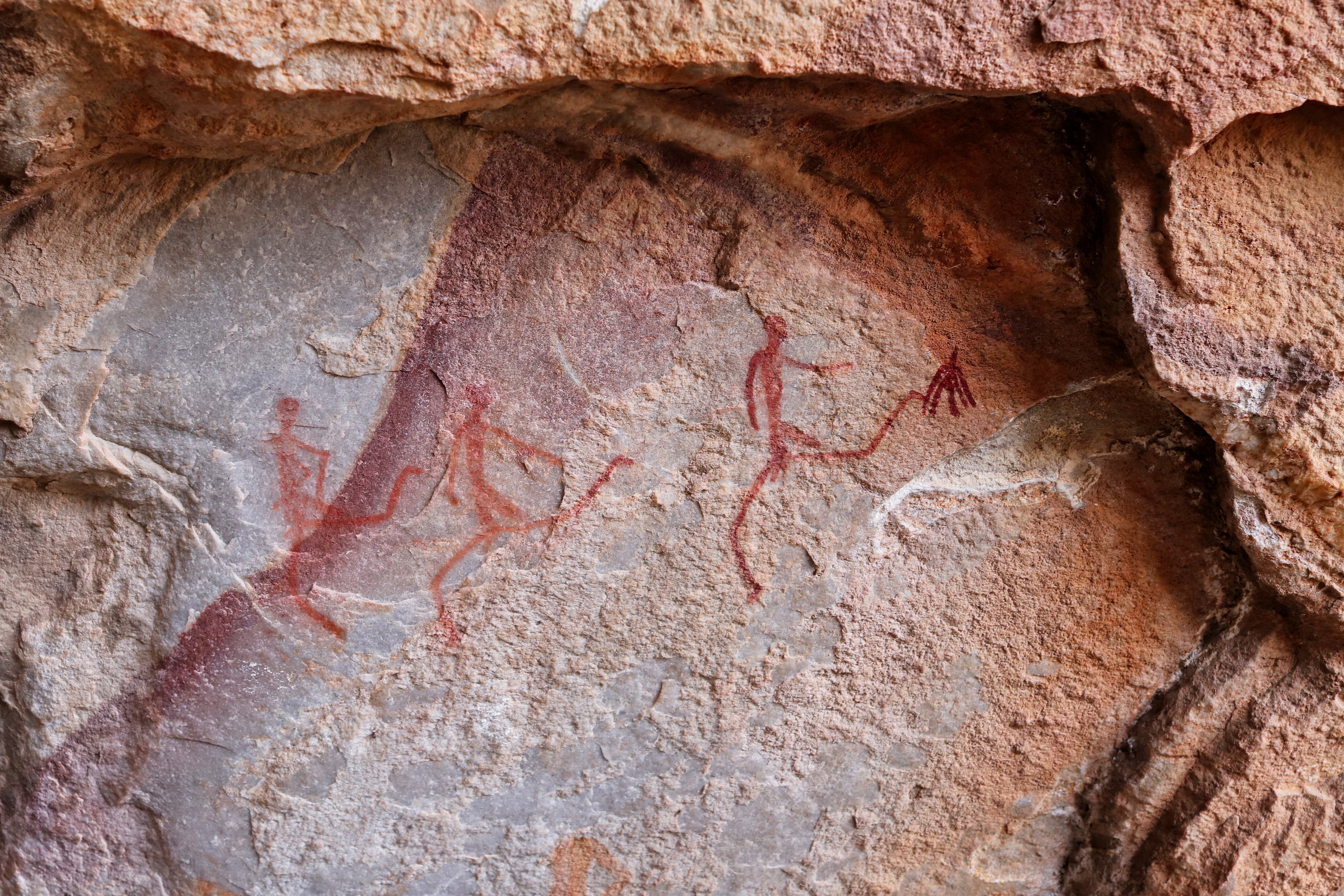A collaborative team of scientists from China and the United States has found ample evidence for gene flow between modern human and its prehistoric cousin Neanderthals.
READ MORE
- Russia to build new orbital station by 2033
- Antimatter falls like matter, confirming Einstein's gravity theory
- Scientists find way to inhibit side effect of cancer immunotherapy
Who are the Neanderthals?
Neanderthals are an extinct species of archaic humans who lived as hunter-gatherers in Europe and Western Asia around 400,000 years ago before disappearing around 30,000 years ago.
When modern human populations traveled from Africa to the Middle East, they are thought to have shared both the timeline and the landscape with the Neanderthals, marking a period of coexistence and possible genetic mixing.
How researchers found the connection between modern humans and neanderthals
Researchers from Southeast University in Nanjing and Princeton University developed a method for estimating the presence of human-introgressed sequences within the Neanderthal genome, which they then applied to whole-genome sequence data from a diverse sample of 2,000 contemporary humans and three Neanderthals.
The result has shown that the Neanderthal genomes contain between 2.5 and 3.7 percent of genetic sequences originating from modern humans, according to the study published in the latest edition of the weekly journal Science.

The genetic data also revealed that the Neanderthal population was significantly smaller, approximately 20 percent less than previous estimates had suggested, implying that harmful mutations were more likely to accumulate in the Neanderthal gene pool.
The team also suggested the possibility of two distinct waves of gene flow from humans to Neanderthals, occurring approximately 200,000 and 100,000 years ago, respectively.
The smaller estimated population size and inferred admixture dynamics are consistent with a scenario in which Neanderthal population decreased in size over time and ultimately being absorbed into the modern human's gene pool, said the researchers.




